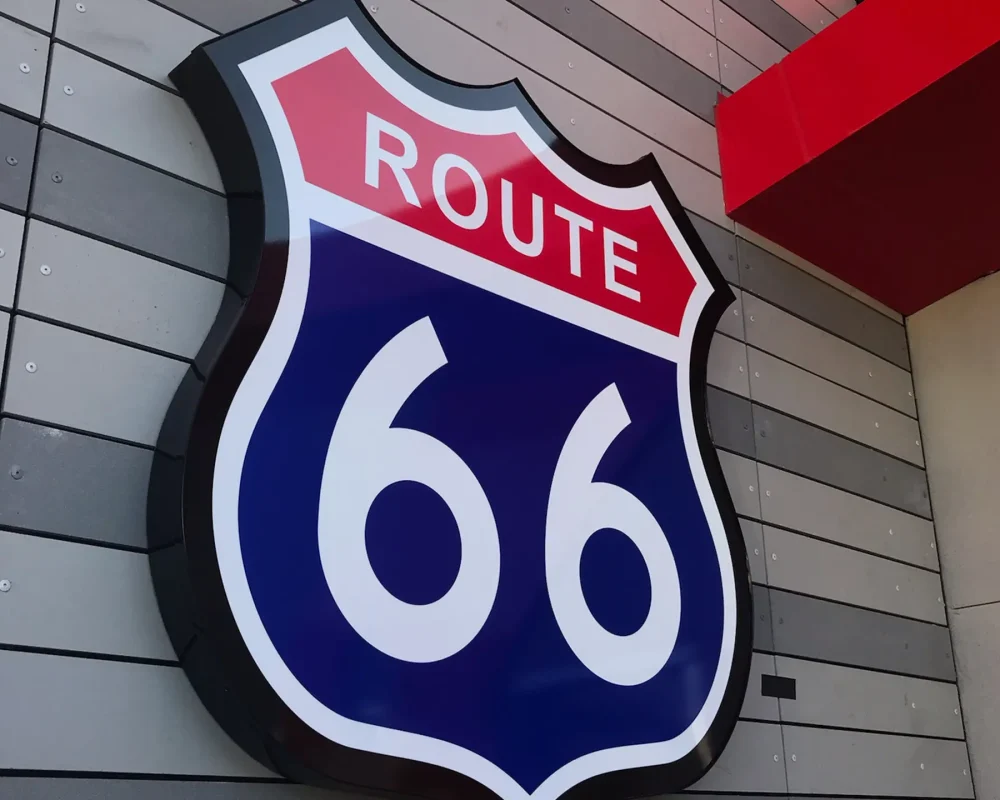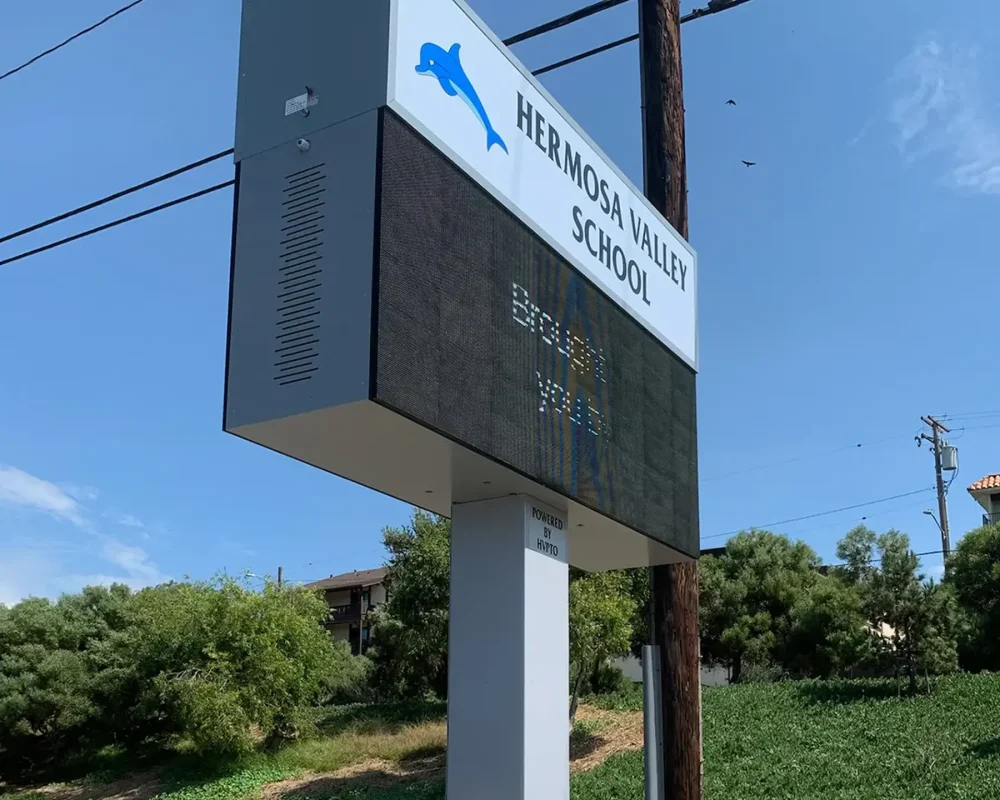Creating public-access buildings that are accessible, inclusive, and compliant with legal standards is not just a matter of ethics; it is a legal requirement. One of the critical components in achieving these goals is the implementation of ADA-compliant signage. For builders and general contractors in Southern California, understanding the nuances of ADA signage is essential for ensuring that every structure they construct is functional for all users, legally compliant, and aesthetically harmonious.
The Importance of ADA Signage in Universal Design
Universal design is the concept of creating environments that are usable by all people, regardless of age, disability, or other factors. ADA signage plays a crucial role in this by ensuring that individuals with disabilities can navigate public spaces with the same ease as anyone else. It provides essential information in accessible formats, such as Braille and tactile text, and ensures that everyone can independently locate rooms, exits, restrooms, and other critical areas within a building.
Legal Requirements for ADA Signage in Public-Access Buildings
The Americans with Disabilities Act (ADA) sets forth specific guidelines for signage in public-access buildings to ensure accessibility. These regulations cover everything from sign location and height to font size and contrast. Compliance with these guidelines is not optional; it is legally mandated. Failure to adhere to ADA standards can result in costly penalties, legal action, and the need for expensive retrofitting. It is imperative for builders and general contractors to be familiar with these requirements from the outset of a project.
Types of ADA Signage
ADA-compliant signage comes in several forms, each serving a specific purpose. The most common types include:
- Identification Signs: Indicate particular rooms, such as restrooms, stairwells, and exits. These signs must include tactile characters and Braille.
- Directional Signs: Guide individuals to specific areas within a building. These do not require tactile text or Braille but must be easy to read and follow ADA standards for contrast and font size.
- Informational Signs: Provide general information, such as building directories or facility rules. While not always requiring Braille, these signs must still be legible and accessible.
Placement and Visibility Standards for ADA Signs
Proper placement and visibility are critical to the effectiveness of ADA signage. Signs must be located in consistent and predictable locations, typically mounted on walls adjacent to the latch side of doors at a height of 48 to 60 inches above the floor. Visibility is equally important; signs must have high contrast between the background and text and be illuminated appropriately so they are readable in all lighting conditions.
Materials and Durability Considerations for ADA-Compliant Signs
The materials used for ADA signage must be durable enough to withstand regular contact and the environmental conditions of the building. Common materials include acrylic, photopolymer, and metal, all of which offer varying levels of durability, aesthetic appeal, and cost-effectiveness. Photopolymer signs, for instance, are particularly robust and ideal for high-traffic areas, while acrylic can offer a sleek, modern look.
Customization Options for ADA Signage in Large Buildings
While ADA signage must meet strict guidelines, there is still room for customization to align with the building’s overall design. Customization options include:
- Choosing materials that match the building’s decor.
- Incorporating company logos.
- Selecting colors that complement the interior design while maintaining the necessary contrast for readability.
Custom ADA signs allow builders and contractors to ensure compliance without sacrificing aesthetic appeal.
Common Mistakes to Avoid in ADA Signage Implementation
One of the most common mistakes in ADA signage implementation is incorrect placement, which can render the signs ineffective. Another frequent issue is insufficient contrast between the text and background, making the signs difficult to read. Overlooking the need for tactile elements on identification signs is another critical error. Ensuring compliance requires careful attention to these details during the planning and installation phases.
Integration of ADA Signage with Overall Building Aesthetics
ADA signage should not be an afterthought; it should be integrated into the building’s design from the beginning. This integration ensures that the signage complements the building’s architecture and interior design rather than appearing as a necessary but unattractive addition. By involving signage experts early in the design process, builders and contractors can create a cohesive look that enhances both the functionality and aesthetic appeal of the building.
Benefits of ADA Signage Beyond Compliance
Beyond meeting legal requirements, ADA signage offers several benefits. It enhances the overall user experience by making spaces more navigable for everyone, including those with temporary disabilities or who are unfamiliar with the building. ADA signage also demonstrates a commitment to inclusivity, which can enhance a building’s reputation and make it more appealing to a broader range of tenants or users.
Conclusion
Understanding the critical role of ADA signage in universal design is essential for builders and general contractors in Southern California. By implementing ADA-compliant signage thoughtfully and strategically, you not only ensure legal compliance but also contribute to creating public spaces that are accessible, functional, and welcoming to all. Whether you are working on a school, hospital, or office building, integrating ADA signage into your project from the outset is a critical element in achieving a successful, universally designed building.




